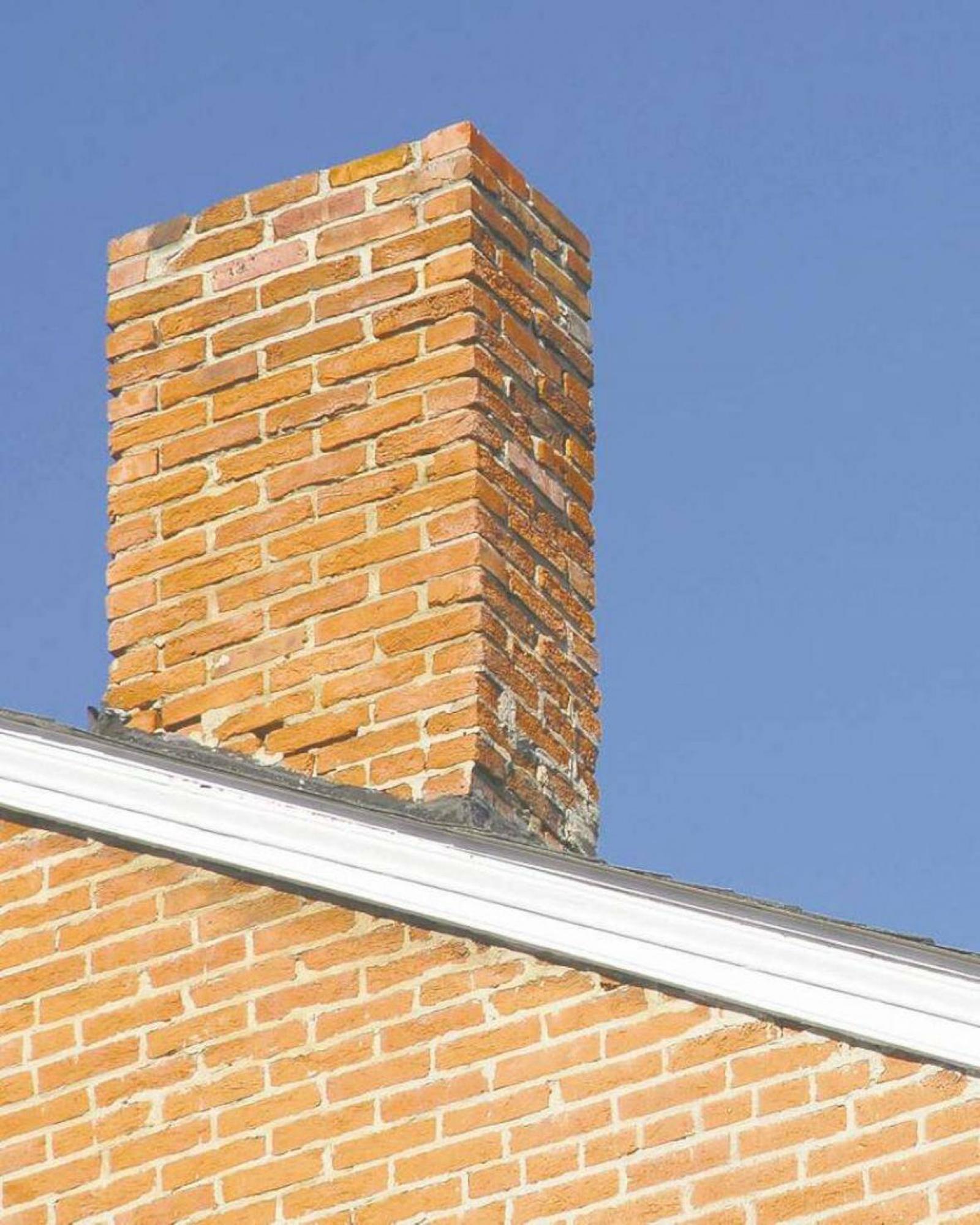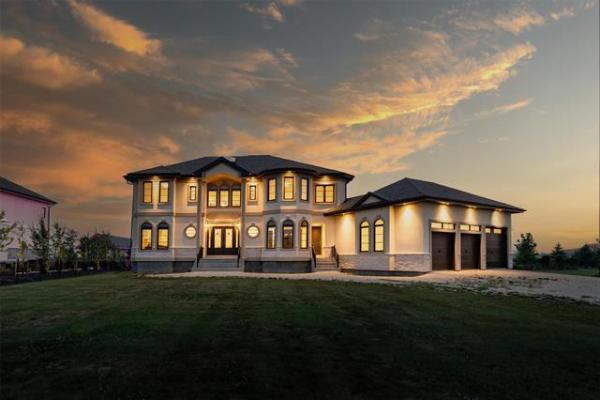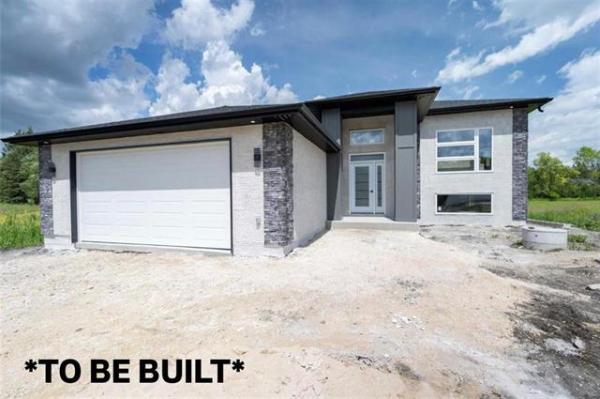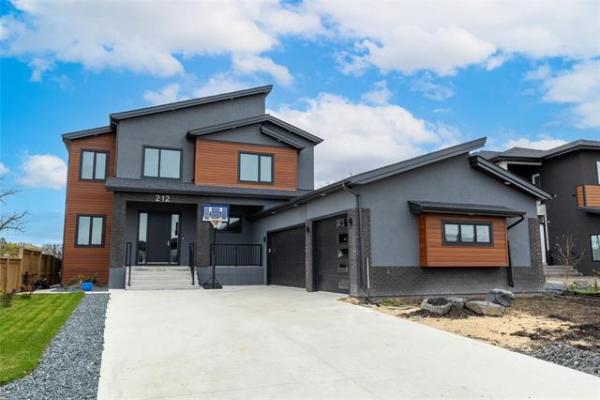
Questions: I came across one of your articles about sealing an unused brick chimney. It got me to wonder, when we remove and cap a couple wall furnaces with central heat, what’s a good way to insulate the metal flue left in place? It’s a big hole for air loss. The only thing I can think of is stuffing insulation inside the flue to stop the heat loss. Is there any other thing you can think of not to be missed?
Thanks in advance.
Linda
I live in a bungalow constructed in 1972. It has a metal chimney that is no longer in use,as I have had a high efficiency furnace and an electric hot water heater installed in the past few years. My problem is that over the course of the winter ice forms up in the chimney and then lets go, once the temperature warms up. I’m assuming this problem is occurring because warm air from inside the house is escaping up the chimney, condensing and forming ice. Is there anyway I can solve this problem?
Looking forward to your response.
Fred Erb
Answer: The simple solution to a leaking old metal chimney, vent, or flue is to properly insulate and seal it at both the top and bottom. Preventing both warm house air and cold outside air from entering the stack will stop any condensation and melting issues before they start.
A common issue is occurring in many homes when an upgrade is made to the natural gas, forced air heating system. Because all newer furnaces have cooler, less harmful emissions, composed mostly of water vapour, they can be directly vented outside the home through PVC piping. This is a sharp contrast with older models that required a metal flue, which terminated above the roof of the home. To minimize further concerns with deterioration to the older metal vent, many homeowners are also converting their gas water heater to electric. Once both of these appliances have been upgraded, there is no more use for the old metal vent.
The older heating flue may exit the home on its own, inside a wooden chase, or older brick chimney. Regardless of which is the situation in your homes, the key to preventing any issues after the upgrades are complete, is how this redundant unit is dealt with. If the roofing is close to the end of its life at the time of furnace replacement the best idea may be to completely remove the chimney, or vent, at the same time as the shingles. This will require some prior planning and patching the roof sheathing in the former location of the old unit. If more room is desired where this travels through the living space, additional insulation and air sealing will be required at the attic floor after removal. If this is the chosen method, complete vent removal, then there should be no moisture issues to worry about, as long as the roof and attic work is done well.
If the roofing is still in good condition and there is no desire for additional space inside, or aesthetic issues with the chimney, the entire assembly may remain in place. The potential problem with that is what is outlined in both questions, warm air leakage into the old flue. This can certainly lead to slightly higher heating bills, but can also result in winter condensation when the warm, moist house air hits the freezing cold metal flue. This condensation will freeze and can lead to significant frost and ice buildup inside the unused chimney. Since there are no more warm flue gasses to melt the frost and help evaporate the water, the frozen condensation may stay inside the pipe all winter long. As soon as the weather warms, typically during a winter thaw or early spring, the frost will melt and run back down inside the flue. This will certainly leak down to the bottom and may enter the basement if the bottom is not perfectly sealed.
The obvious way to prevent this issue, without removal of the vent piping, is to seal it and not allow warm or cold air to leak inside. Often, the bottom of the flue is covered with a metal cap by the HVAC technician at the time of furnace replacement. This may be enough to prevent the issue outlined above, but many times is not sufficient. The top of the flue requires the same, tight metal cap, at a bare minimum. That should prevent the majority of air intrusion into the old flue, but one extra step will ensure a more positive outcome. Filling the top and bottom of the metal pipe with foam insulation, before capping, will be the icing on the cake. This material is extremely easy to install and comes in aerosol cans at any home centre. A batt of insulation, several old rags, a small piece of Styrofoam, or some plastic garbage bags, should be stuffed part way into both ends of the flue to give the foam some backing while it cures. Once it has hardened, any excess foam may be trimmed with a utility knife before reinstalling the metal caps at both ends of the well sealed flue.
Eliminating any possible condensation and moisture issues from a discontinued furnace vent pipe should be very straightforward. Sealing the top and bottom of the old flue with a can of expanding polyurethane foam, before closing with a well-fitting metal cap, will stop any warm or cold air infiltration, preventing all issues with condensation and ice build up inside the unused unit.
Ari Marantz is the owner of Trained Eye Home Inspection Ltd. and a Registered Home Inspector (RHI)(cahpi.ca). Questions can be emailed to the address below. Ari can be reached at 204-291-5358 or check out his website at trainedeye.ca.
trainedeye@iname.com



